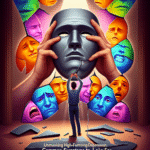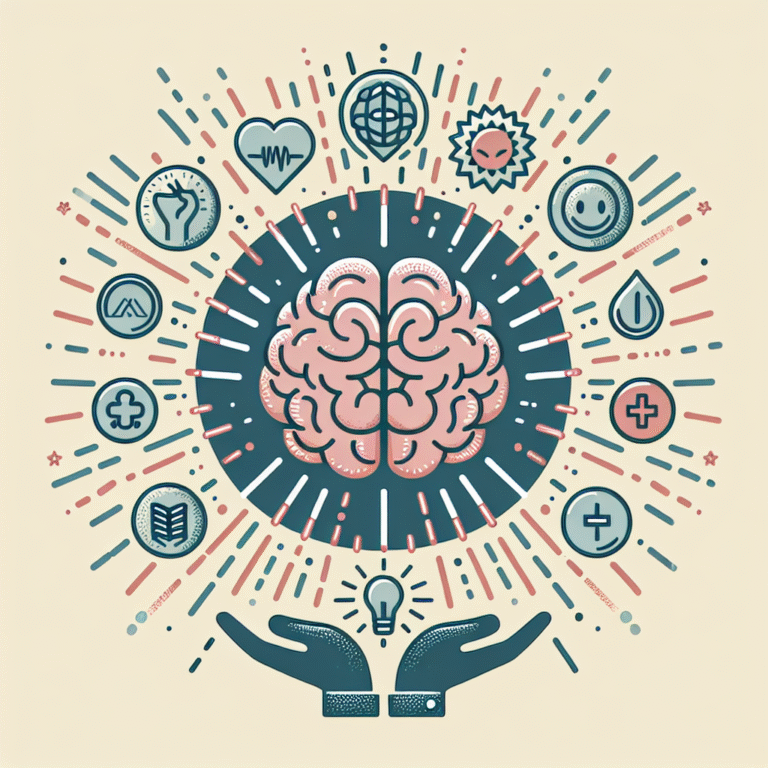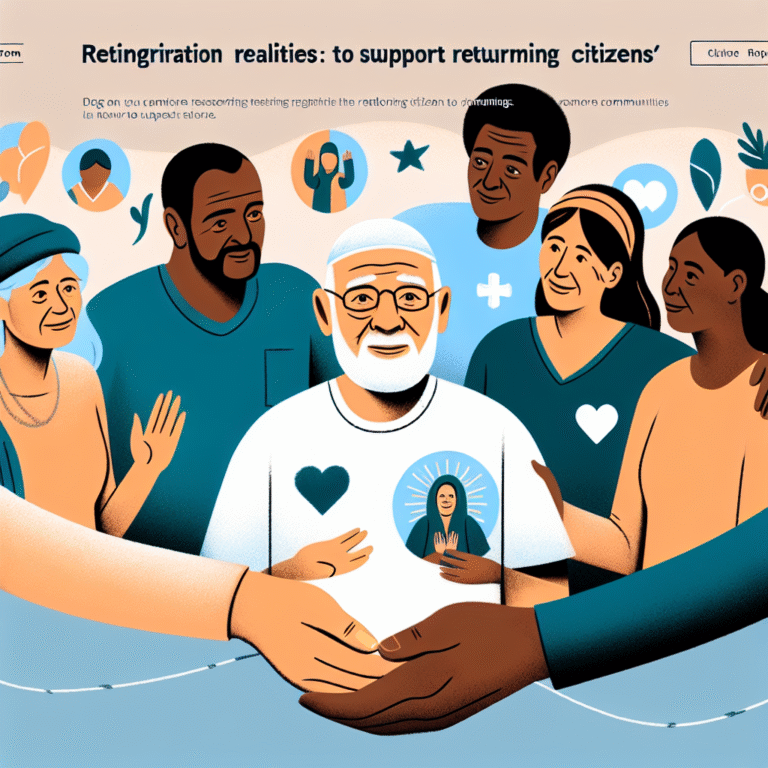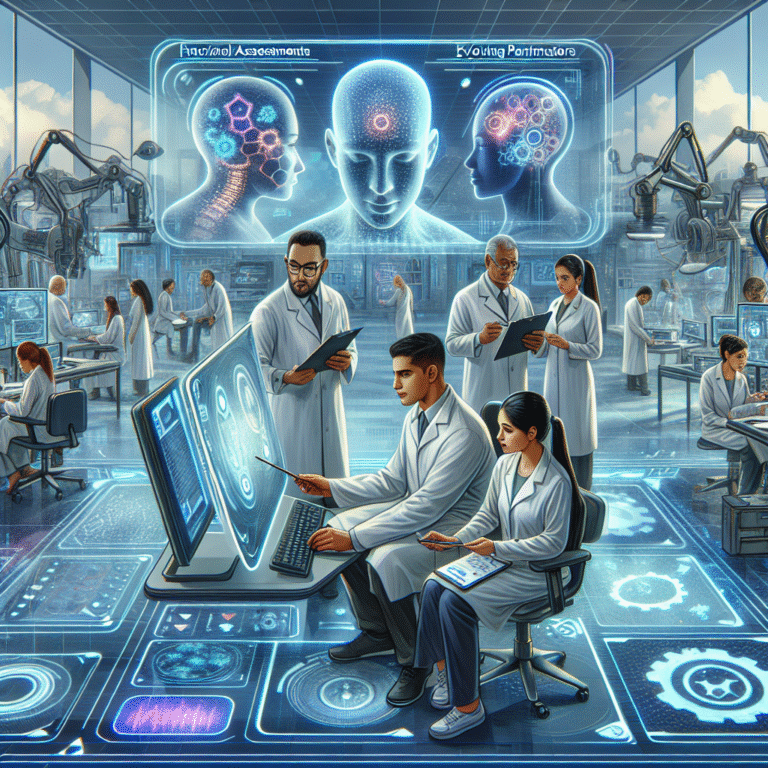
Introduction
Acquired Brain Injury (ABI) is a term that encompasses a wide range of conditions caused by an external force or insult to the brain, including traumatic brain injuries (TBIs) and strokes. Despite the immense progress in medical science and rehabilitation, ABI remains a leading cause of disability worldwide. As we delve into the realm of therapy, it’s crucial to highlight Innovative Therapies in the Treatment of Acquired Brain Injury. This field is continuously evolving, bringing forth new techniques and tools that not only aim to restore function but also enhance the quality of life for individuals affected by ABI.
Imagine a world where brain injury patients can regain lost functions and even improve their cognitive abilities thanks to groundbreaking therapies. This article will explore the latest methodologies, real-world applications, and their potential impact on the lives of those living with ABI.
Understanding Acquired Brain Injury
What is Acquired Brain Injury?
Acquired Brain Injury (ABI) refers to any injury to the brain that occurs after birth and can affect various cognitive, physical, and emotional functions. This category includes conditions caused by trauma, strokes, infections, and more. The effects of ABI can be profound and long-lasting.
Types of Acquired Brain Injury
-
Traumatic Brain Injury (TBI):
- Caused by external forces, such as falls, car accidents, or sports injuries.
- Acquired Non-Traumatic Brain Injury:
- Caused by internal factors, such as strokes, tumors, and infections.
Understanding these distinctions helps healthcare professionals tailor Innovative Therapies in the Treatment of Acquired Brain Injury to the specific needs of patients.
The Need for Innovative Therapies
Given the diverse effects of ABI, conventional treatment modalities may not always be effective. Traditional therapies often include physical rehabilitation, speech therapy, and medication. However, as we learn more about the brain’s neuroplasticity, the demand for Innovative Therapies in the Treatment of Acquired Brain Injury has surged.
High levels of motivation, engagement, and innovation are critical in ABI recovery, and here’s where modern therapies come into play.
Overview of Innovative Therapies
1. Neurofeedback Therapy
Neurofeedback entails real-time feedback from brain activity to help patients self-regulate brain function. Studies have shown that it can lead to improved attention spans and emotional responses in individuals with ABI.
Case Study:
A recent study involving 30 TBI patients undergoing neurofeedback therapy showed significant improvements in cognitive function and emotional regulation as measured by standardized scales.
2. Virtual Reality Therapy
Engaging patients through immersive environments, virtual reality therapy encourages them to practice tasks in a safe and controlled domain. This innovative method not only stimulates recovery in motor skills but also supports cognitive rehabilitation.
Case Study:
A group of stroke victims used VR software to simulate real-life tasks. The results indicated not just improved motor skills but enhanced emotional well-being, showcasing another layer of effectiveness in the Innovative Therapies in the Treatment of Acquired Brain Injury.
3. Transcranial Magnetic Stimulation (TMS)
TMS utilizes magnetic fields to stimulate nerve cells in the brain. It’s particularly promising for individuals with PTSD following brain injury and has shown to improve mood and cognitive processing.
Case Study:
A cohort of veterans with TBIs underwent TMS as an adjunct to traditional therapies. Reports indicated a marked decrease in depressive symptoms and increased cognitive clarity, supporting its application as one of the Innovative Therapies in the Treatment of Acquired Brain Injury.
4. Stem Cell Therapy
Stem cell therapy presents a frontier in ABI treatment, potentially offering the chance to regenerate damaged brain tissue. Although still in experimental stages, early trials show hope for functional recovery.
Case Study:
In a clinical trial, 50 patients with chronic ABI received stem cell injections. Results demonstrated improved motor function and language capabilities in several participants, thereby emphasizing the transformative potential of this innovative treatment.
5. Cognitive Behavioral Therapy (CBT)
CBT, often incorporated into ABI treatment plans, provides substantial benefits by addressing the psychological aspects of recovery. Patients report a renewed sense of purpose and engagement.
Case Study:
One study involving 100 ABI patients published in the Journal of Cognitive Rehabilitation noted significant improvements in life satisfaction and emotional resilience after a comprehensive CBT program.
Evaluating Efficacy: Tables and Data
To better appreciate these innovative therapies, let’s highlight some comparative data on their effectiveness in treating ABI.
| Therapy Type | Primary Focus | Patient Cohort | Outcomes Measured |
|---|---|---|---|
| Neurofeedback | Cognitive function | TBI victims | Improved attention span, emotional regulation |
| Virtual Reality | Motor skills & engagement | Stroke victims | Enhanced motor functions, emotional well-being |
| Transcranial Magnetic Stimulation | Mood & cognition | PTSD following TBI | Reduced depressive symptoms, cognitive clarity |
| Stem Cell Therapy | Tissue regeneration | Chronic ABI patients | Improved motor function, language capabilities |
| Cognitive Behavioral Therapy | Psychological health | General ABI patients | Increased life satisfaction and resilience |
The Psychological Aspect of ABI Recovery
As we discuss Innovative Therapies in the Treatment of Acquired Brain Injury, it’s important to consider the psychological impact on patients. Many individuals face emotional and cognitive challenges post-injury. Thus, integrating psychological therapy with physical treatments can significantly improve overall recovery outcomes.
Mindfulness and Acceptance Therapy
Incorporating mindfulness practices and acceptance strategies helps patients cope with the emotional weight of their injuries. By shifting focus from loss to recovery, patients can find strength in their journey.
Future Directions in Therapy
Research and Development
Continued research is essential for refining Innovative Therapies in the Treatment of Acquired Brain Injury. Clinical trials must be expanded to include diverse populations, ensuring that therapies are accessible and effective for all.
Personalized Medicine
A move toward personalized therapy plans will target individual recovery paths. By analyzing a patient’s specific needs, medical history, and personal preferences, practitioners can create tailored treatment plans that optimize outcomes.
Multidisciplinary Approaches
Interdisciplinary teams that combine efforts from neurologists, psychologists, occupational therapists, speech therapists, and other specialists will further enhance recovery pathways.
Conclusion
The realm of Innovative Therapies in the Treatment of Acquired Brain Injury is rich with promise and potential. Through neurofeedback, virtual reality, TMS, and even stem cell therapy, we are witnessing a revolution in how we approach ABI recovery.
As we stand on the brink of new discoveries, it’s essential to remain hopeful and committed to ongoing research and the integration of novel approaches. Patients can be empowered to reclaim their lives, one innovative therapy at a time.
FAQs Section
1. What is the most effective therapy for ABI?
There is no universal answer as effectiveness varies per individual. However, neurofeedback and virtual reality have shown significant promise.
2. Are these therapies available worldwide?
Availability can vary; however, many innovative therapies are being adopted in hospitals and rehabilitation centers globally.
3. Is stem cell therapy safe?
Current research indicates that stem cell therapy is relatively safe, but it remains experimental and should only be conducted in clinical settings.
4. How long does rehabilitation typically last?
Rehabilitation duration varies widely based on the injury’s severity and the individual’s specific needs, ranging from weeks to years.
5. Can these therapies help with cognitive function?
Yes, many innovative therapies, including neurofeedback and cognitive-behavioral therapy, focus on improving cognitive function and emotional well-being after ABI.
In this exploration of Innovative Therapies in the Treatment of Acquired Brain Injury, we’ve underscored the critical need for advancements in how we approach ABI intervention. As research progresses and new methodologies emerge, the potential for recovery continues to grow, transforming lives and restoring hope.


















